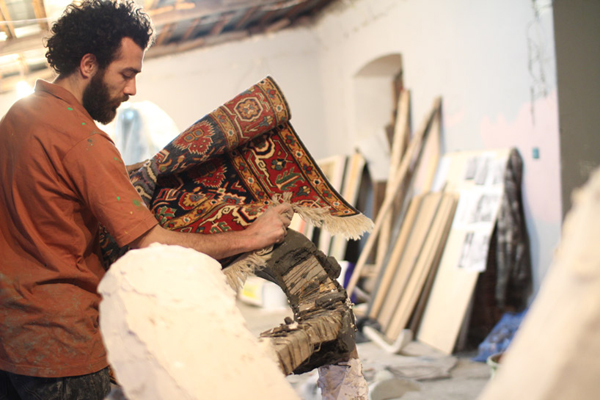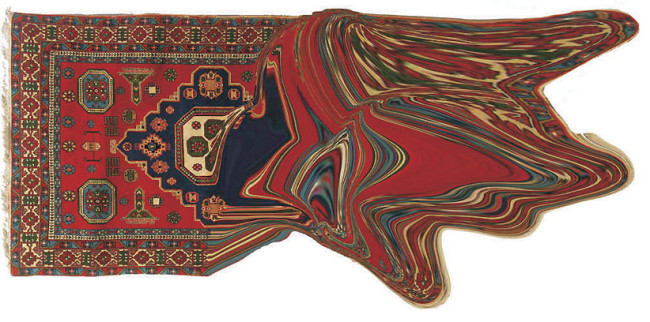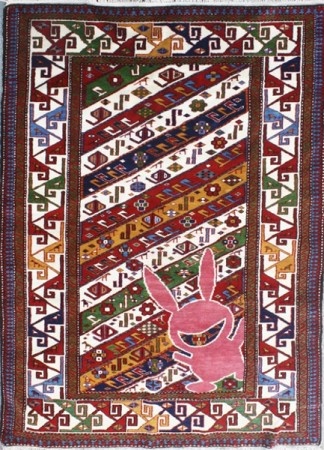Rena Effendi is a photographer who keeps on bringing great stories for a decade now. In Pipe Dreams, she followed an oil pipeline from her native Azerbaijan through Georgia to Turkey. Along the way she met scores of people and unfulfilled dreams. She spent years taking photos and following the story, and Pipe Dreams developed into a book later on:
A pipe dream is a fantastic hope that is regarded as being impossible to achieve. This book is dedicated to the people of Azerbaijan, Georgia and Turkey, linked by the oil pipeline and their fading hopes for a better future. Besides corporate public relations campaigns, little photographic evidence exists about the impact the Baku-Tbilisi-Ceyhan oil pipeline had had on Azerbaijan, Georgia and Turkey. This book portrays life as it is lived, with no commercial or public relations agenda. It ‘un-smiles’ the calendar smiles of corporate propaganda and sheds fresh journalistic light on this geopolitically important region.
 View of Otagli village, 2km of the Baku-Tbilisi-Ceyhan pipeline, Turkey 2007. ©Rena Effendi
View of Otagli village, 2km of the Baku-Tbilisi-Ceyhan pipeline, Turkey 2007. ©Rena Effendi
 Little bride. Djandarsky village along the Baku-Tbilisi-Ceyhan pipeline is predominantly populated by ethnic Azerbaijanis. Some of the residents here complained that they had not received compensation for their land in connection with the pipeline construction. Marneuli, Georgia, 2006. ©Rena Effendi
Little bride. Djandarsky village along the Baku-Tbilisi-Ceyhan pipeline is predominantly populated by ethnic Azerbaijanis. Some of the residents here complained that they had not received compensation for their land in connection with the pipeline construction. Marneuli, Georgia, 2006. ©Rena Effendi
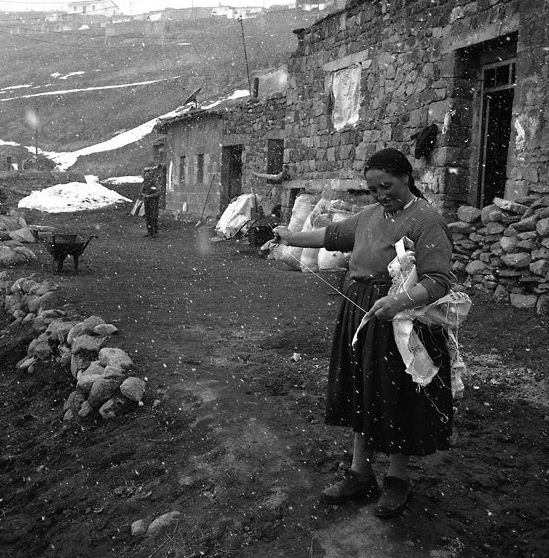 Snow in Otagli village, Turkey 2007. ©Rena Effendi
Snow in Otagli village, Turkey 2007. ©Rena Effendi
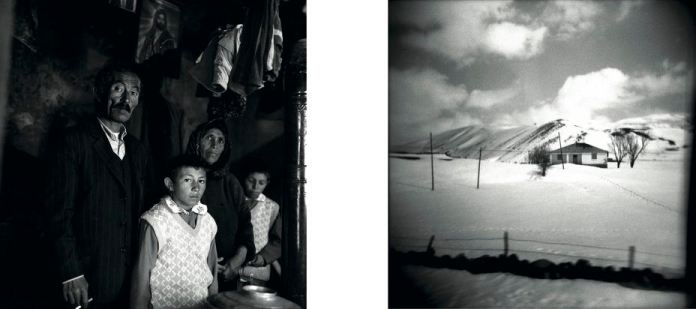 Ilyas Alban with his family at home in Otagli village. Due to BTC construction, his family’s plot of land was degraded and is expected to recover its fertility only after 12 years. Ilyas applied to local courts against Botash and is still waiting for results. “Before BTC, I had everything. Now my roof is collapsing and I have no money to fix it.” – Ilyas says. ©Rena Effendi
Ilyas Alban with his family at home in Otagli village. Due to BTC construction, his family’s plot of land was degraded and is expected to recover its fertility only after 12 years. Ilyas applied to local courts against Botash and is still waiting for results. “Before BTC, I had everything. Now my roof is collapsing and I have no money to fix it.” – Ilyas says. ©Rena Effendi
 Children of the Tolstoy street, Mahalla, Baku. Azerbaijan, 2003. ©Rena Effendi
Children of the Tolstoy street, Mahalla, Baku. Azerbaijan, 2003. ©Rena Effendi
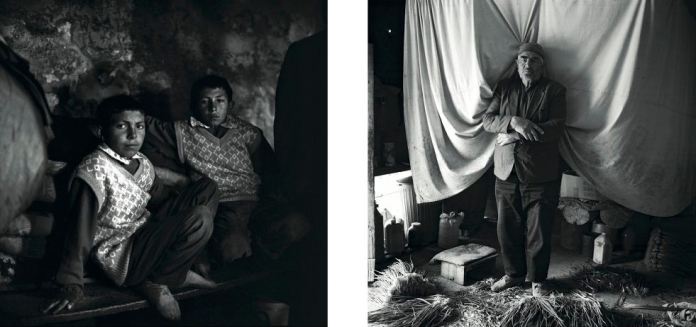 Ilyas Alban’s two sons at their dilapidated home, Otagli, Turkey 2007. Mesheti Turk refugee and onion farmer, Meshedi Gara village along the pipeline, Azerbaijan, 2006. ©Rena Effendi
Ilyas Alban’s two sons at their dilapidated home, Otagli, Turkey 2007. Mesheti Turk refugee and onion farmer, Meshedi Gara village along the pipeline, Azerbaijan, 2006. ©Rena Effendi
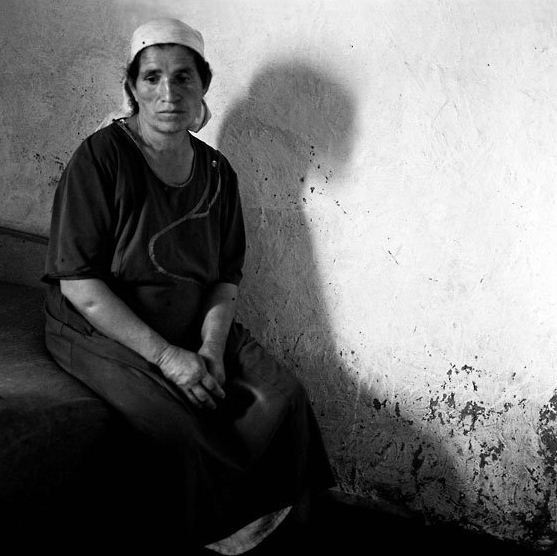 Refugee woman at home, Agjabedi, Azerbaijan, 2005. ©Rena Effendi
Refugee woman at home, Agjabedi, Azerbaijan, 2005. ©Rena Effendi
For more of Effendi’s great work, go to her official website.
